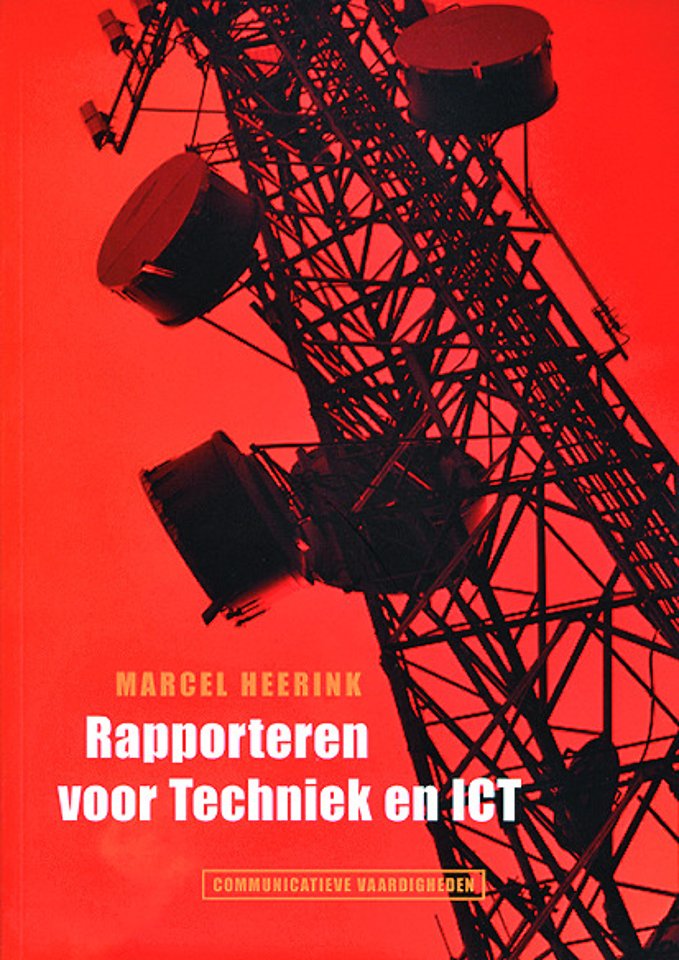

We introduce the clinical framework in which the developments are tested, alongside initial data obtained from patients in a first phase of the project using a WoZ setup mimicking the targeted supervised-autonomy behaviour. With the final aim of improved human-human social interaction for the children, this multidisciplinary research seeks to facilitate the use of social robots as tools in clinical situations by addressing the challenge of increasing robot autonomy. This paper seeks to provide insight into increasing the autonomy level of social robots in therapy to move beyond WoZ. However, there is a need to increase the autonomy of the robot both to lighten the burden on human therapists (who have to remain in control and, importantly, supervise the robot) and to provide a consistent therapeutic experience.

"synopsis" may belong to another edition of this title.Robot-Assisted Therapy (RAT) has successfully been used to improve social skills in children with autism spectrum disorders (ASD) through remote control of the robot in so-called Wizard of Oz (WoZ) paradigms. The surprising experiences and insights he gained with this are what urged him to write this colorful and quite atypical guide. Marcel Heerink is an internationally renowned academic researcher from the Netherlands who specializes in using social robots in therapy and education for people with special needs. It does this by addressing the challenges and possibilities of social robots, with a tasty blend of science and fiction - featuring a romantic, Italian love story an enigmatic entity called P. These things are crucial, and this guide will tell you why. But fortunately, they’re amazing at dressing things up, they can occasionally be truly compassionate, and they are gifted with a stunning ability called “suspension of disbelief.” If you’re made to be of service to humans, you’ll be facing quite a few challenges, because humans are full of contradictions, they will usually be anything but rational, and horribly arrogant. How can anyone handle the truth if there are so many different views on it? How does one deal with elusive things like trust, fear, being in love, friendship, and a disastrous morning attitude?


 0 kommentar(er)
0 kommentar(er)
